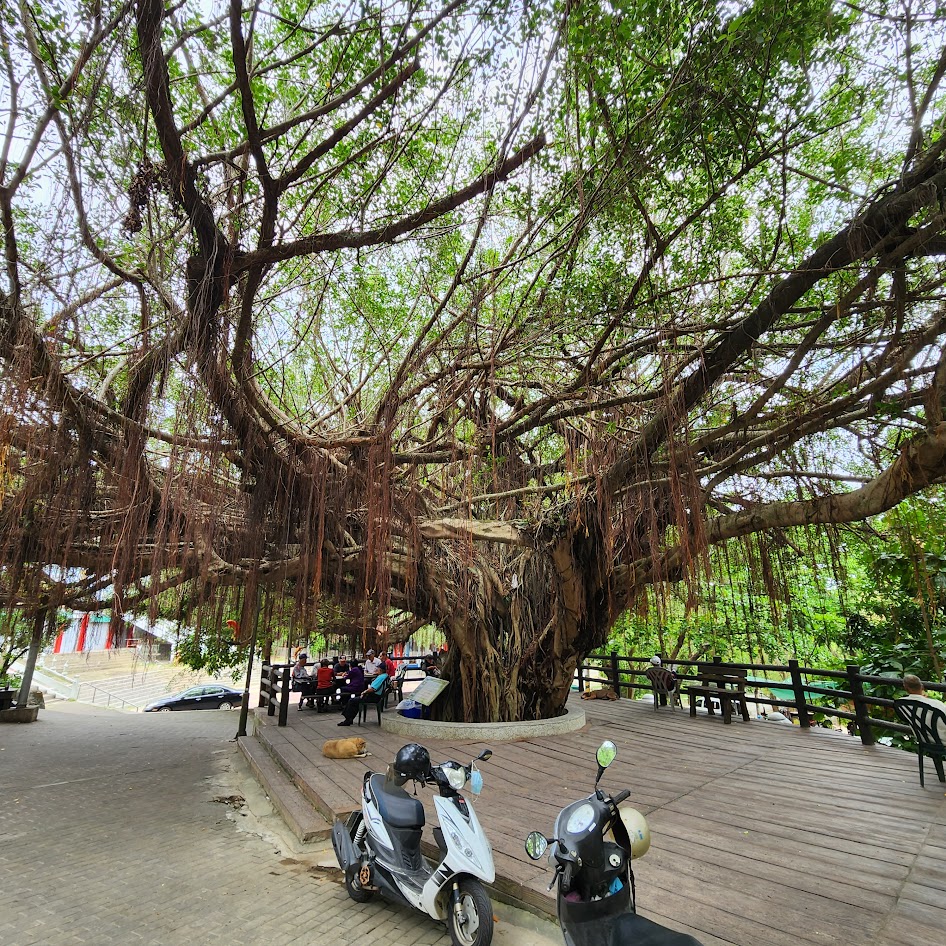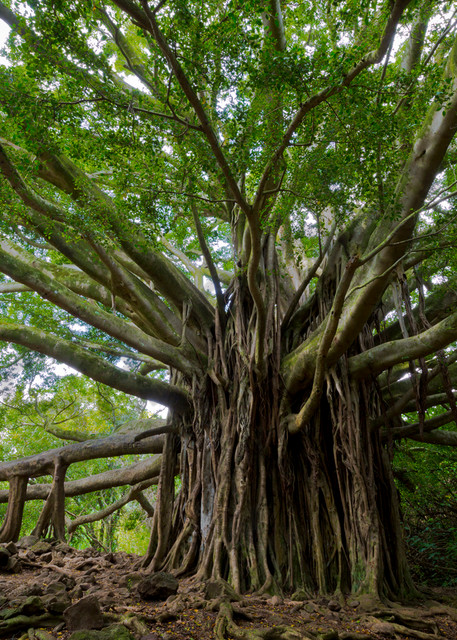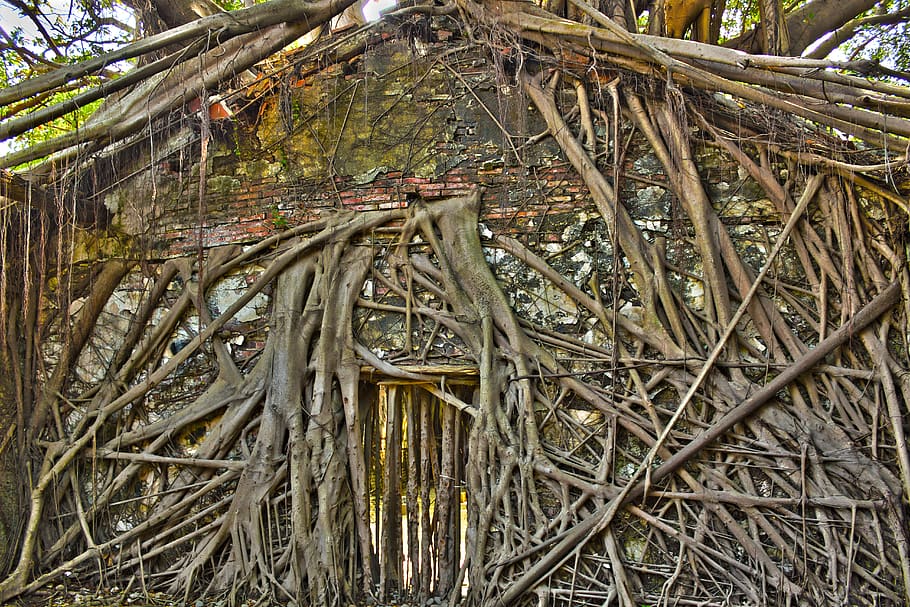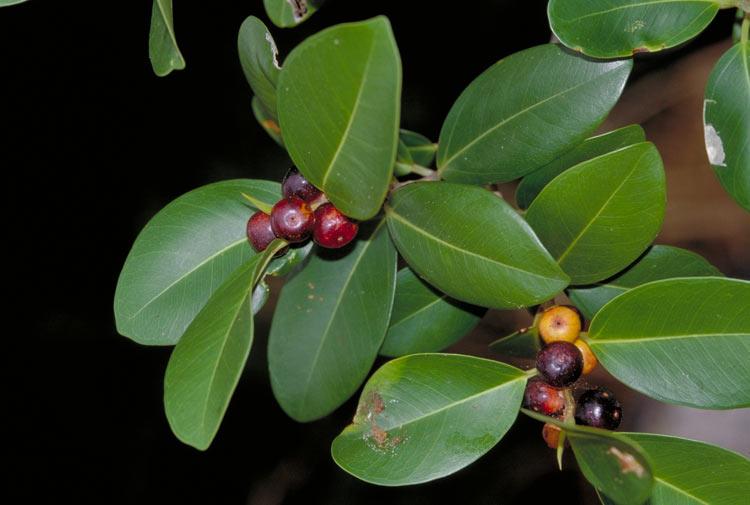These trees are everywhere in Taiwan, with the most impressive ones often found near temples where they’re left to grow to a massive size.

As you can see in the above photo, the root system spreads out beneath the canopy, dripping down towards the ground. These roots are adventitious in nature, meaning they’ll extend out from any part of the tree. If they reach the ground they’ll form additional trunks which allow the branches to stretch out far from the base.

In some places I’ve found groves spread out with trunks connected by branches so large you can walk or even nap on them. A particularly large one is in Kaohsiung on the major mountain on the west side of the city, known as Shoushan (壽山), or Monkey Mountain by many English-speaking foreigners. Previously this was accessible via the ocean side, after going through the walking tunnel, but I believe this is actually military property and you’ll likely get warned off. Last time I went the area was not blocked off, though I saw some signs stating to stay on the path. The path itself is narrow and steep, with ropes in sections. You can also find the Banyan house in the Anping district of Tainan, which is impressive to walk around.

As you may have guessed from the name, this tree is a type fig, in the family of Moraceae, and it will produce fruits which have some medicinal uses for pain relief and fevers, as well as malaria and bronchitis. Of course, I don’t recommend you eating anything from the wild on my advice.

You will find in Taiwan that the larger of these trees are often protected by the locals, and their roots are allowed to uproot sidewalks and even cut through pathways or redirect roads. While some of these may have religious significance, there does seem to be community members that want to protect these trees for other reason.
Those trees which are revered in a religious sense can be seen adorned with red ribbons at certain times of the year. I’ve even seen people bowing to them. The trees have symbolism within Buddhism, as the tree the Buddha often meditate under, and are seen in more folk religions as places where spirits dwell. They represent immortality, long life, and fertility, given their size and the speed at which they grow.